

Intervention protocols to assist students in a crisis involving suicidal thoughts or behaviors are a critical component of both district and school responses. These protocols aid school personnel in intervening effectively with suicidal students. School administrators play a crucial role in establishing a school climate that requires key school personnel to be familiar with and responsive to a suicidal crisis in order to help prevent a youth suicide. Students of concern may be referred to counselors by staff, parents, peers, or self-referral. Intervention protocols vary based on the determined degree of suicide risk.



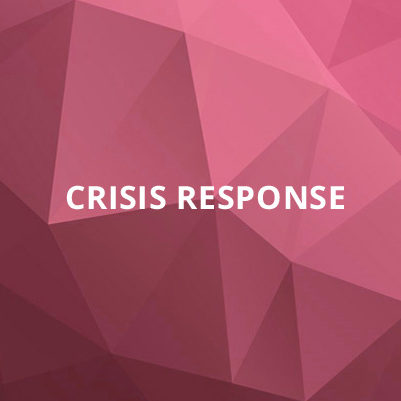
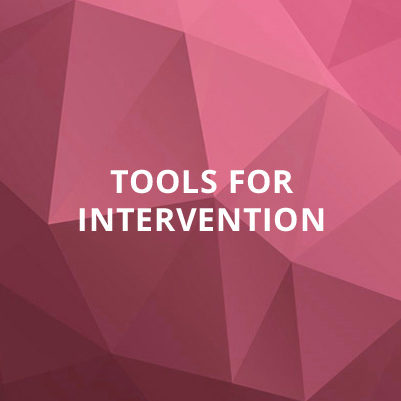

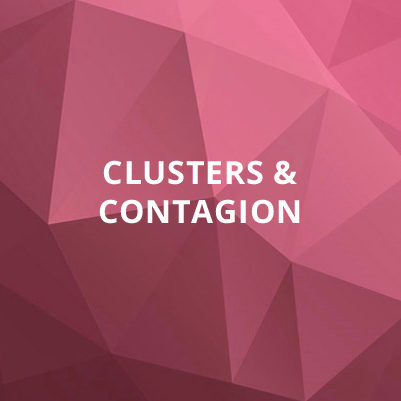
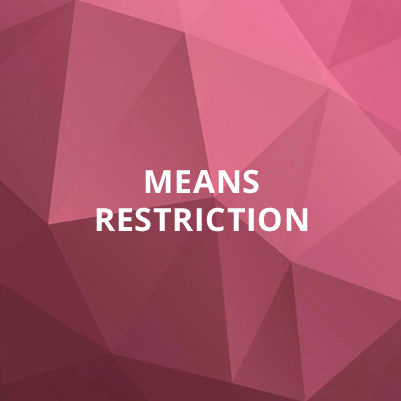

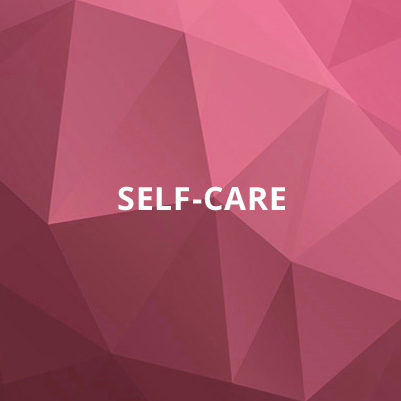
 Your voice matters to us. Please help us improve our website by taking a short survey.
Your voice matters to us. Please help us improve our website by taking a short survey.